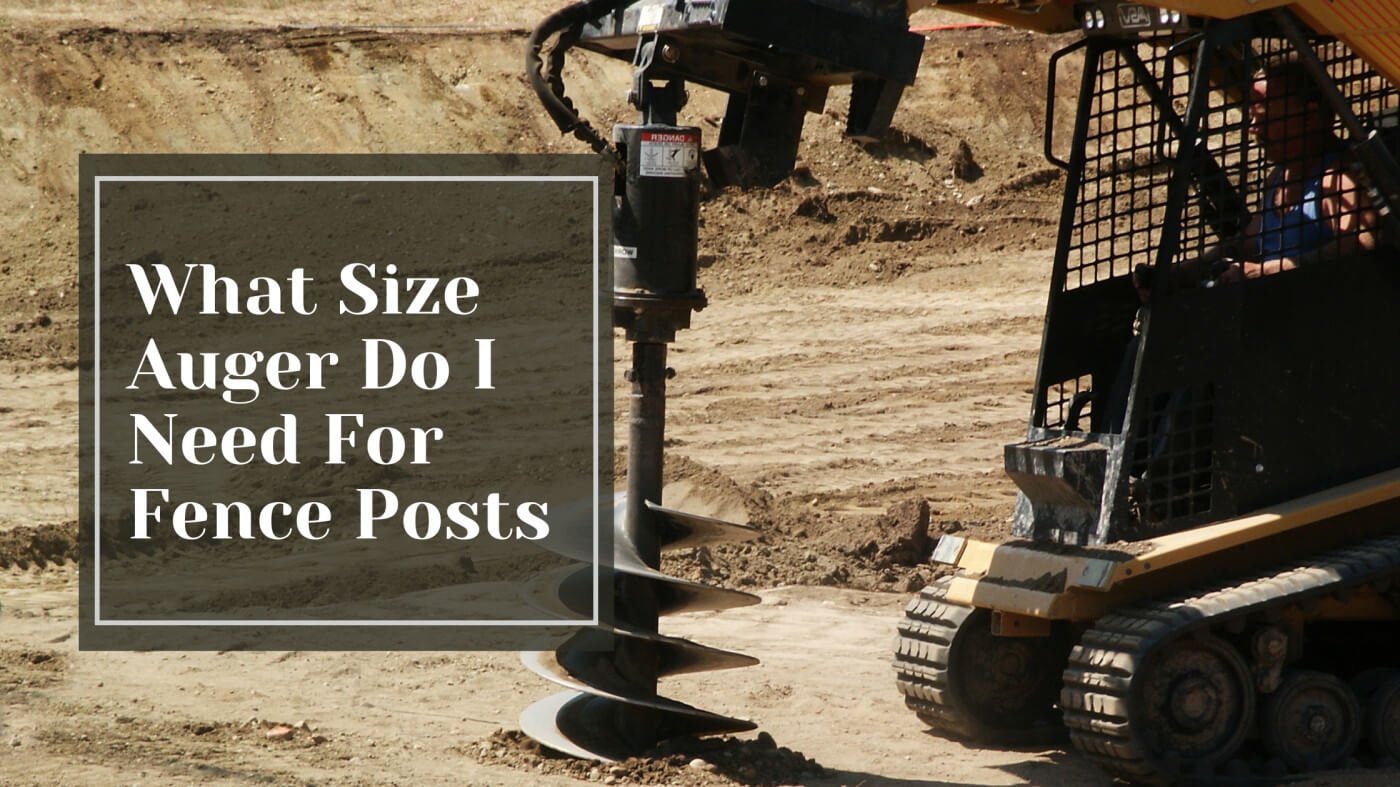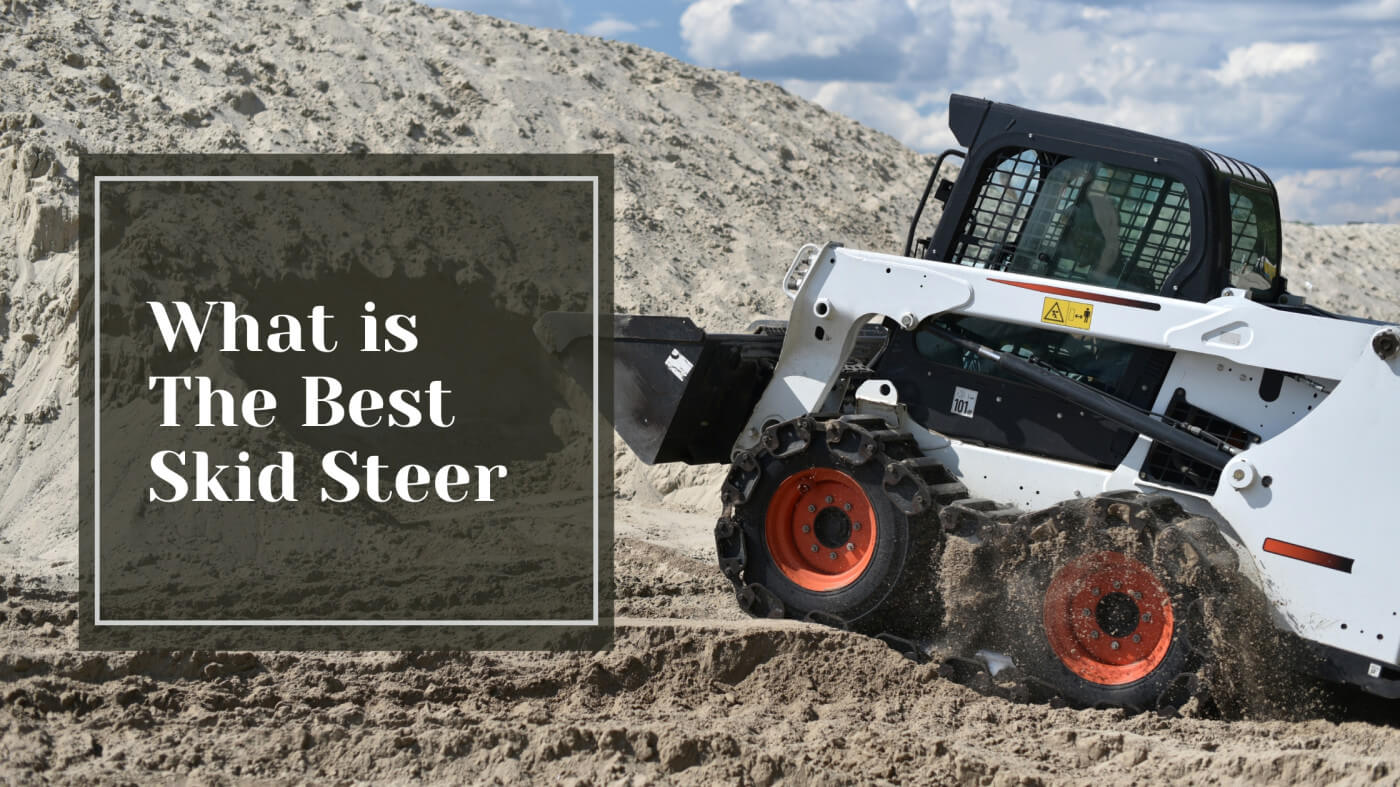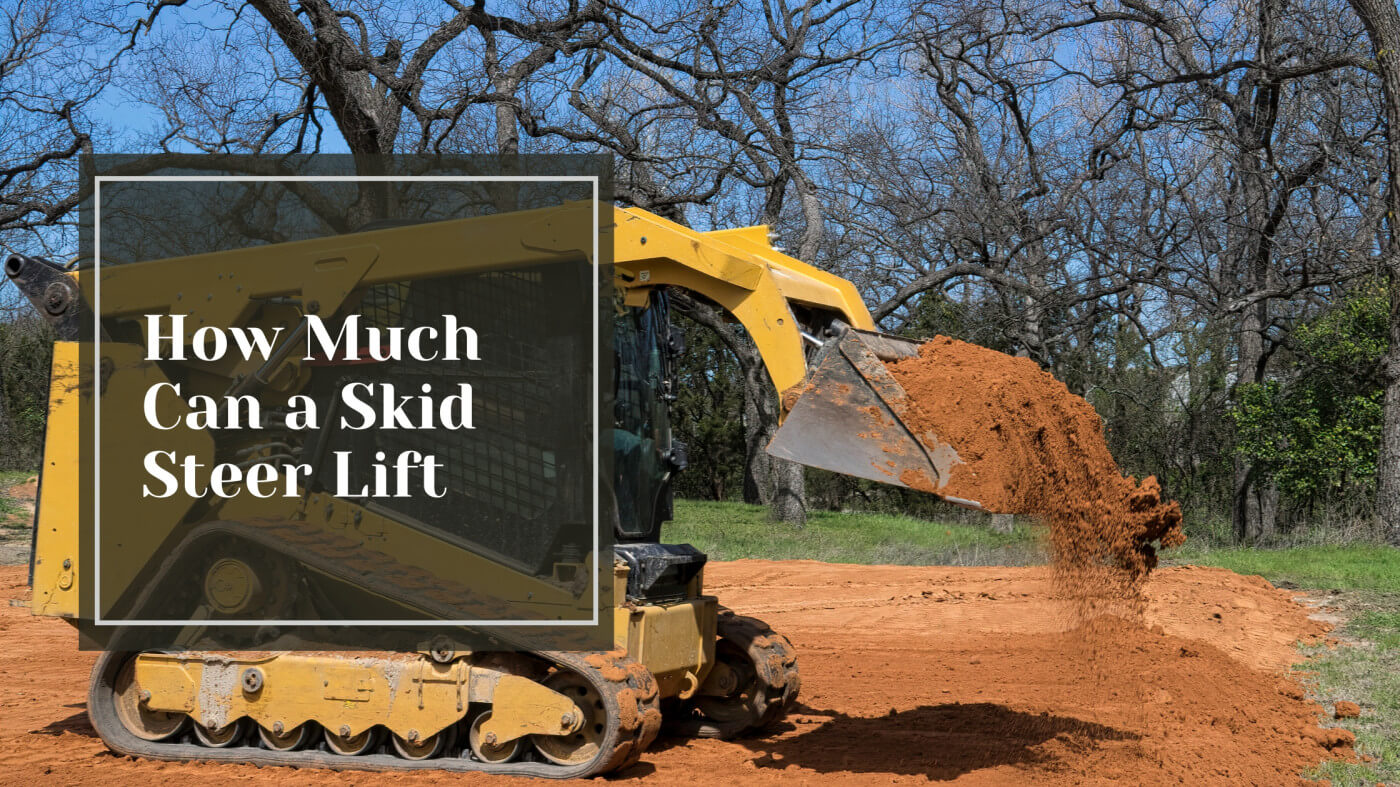Okay, friend, you're ready to install that new fence in the backyard. You got your posts, your brackets, your tools - now you just need to dig those holes to sink those posts into. But what size auger bit do you need to dig holes for your fence posts? Good question. The size depends on a few things, like how big your posts are, how deep you need to go, and what type of soil you're digging into. And if you're considering buying a skid steer, it can make the job even easier. In this article, The Trade Table we'll go through the factors to consider when deciding what size auger you need to get the job done right.
Determining the Right Auger Size for Your Fence Posts
How deep should I dig?
-
As a general rule, you'll want to bury about one-third of the post in the ground. So for a typical 6-foot privacy fence, dig holes around 2 feet deep. But check your local building codes, as some areas require deeper holes for stability. It's also a good idea to dig a bit deeper if you have loose or sandy soil.
What about power?
-
For most DIYers putting in a small to medium-sized fence, a gas-powered auger will work great and is very affordable. Look for an engine size of at least 5 to 8 horsepower. For larger projects or harder soils, consider renting a more powerful model. If you have access to electricity where you're working, an electric auger can also do the job.
Loflin Fabrication Auger

$3,566.00
Loflin Fabrication Auger Auburn planetary drive Comes equipped with Parker brand hoses, fittings, and couplers (Job site ready) Industry standard 2” hex output shaft Bits are available and in stock from 4” to 48” in diameter GPM Flow 6-40 … read more
Auger Bit Diameter Based on Fence Post Size
To choose the right auger bit size for your fence post holes, you need to consider the diameter of the posts you'll be installing. As a general rule of thumb, the auger bit should be at least two inches wider than your post to allow for a concrete footing.
Auger Extension Handles
-
Unless you have a powerful earth auger, you'll likely need an extension handle to bore deep enough holes for most fence posts. A three- to four-foot handle should work for typical residential fencing. Make sure any handle extensions or adapters you purchase properly and securely fit your auger bit and power driver. The last thing you want is for an extension to come loose while operating the auger!
Drilling the Holes
-
Once you have the proper auger bit and extensions selected, it's time to start drilling. Mark the locations of your post holes before drilling to ensure proper spacing and alignment. Stand with feet shoulder-width apart for balance and stability as you drill. Apply firm and steady pressure, pulling up frequently to clear debris from the bit and allowing the auger to spin freely.
Power and Torque Needs for Digging Fence Posts
Soil Type
-
The type of soil you have is a major factor in determining what size auger you’ll need. In loose, sandy soil an 8 or 10-inch auger should work fine for digging a 2 to 3-foot deep hole. However, if you have dense, clay-heavy soil you’ll want an auger of at least 12 inches, and possibly up to 16 inches, to power through it efficiently. Trying to use an undersized auger in hard, compacted soil will just lead to frustration, excess strain on the machine, and holes that aren’t deep enough. It’s best to overestimate the size you need based on your soil conditions.
Post Size
-
Larger posts, like 6x6 inch posts, require bigger holes and therefore a more powerful auger. For 6x6 posts, a 12 to 16-inch auger is recommended. Not only do the holes need to be wider, but often deeper as well to securely anchor the posts. Under-powering the hole digging will make the work difficult, time-consuming, and potentially unsafe if the auger gets stuck in a partially dug hole.
One-Person vs. Two-Person
-
If you’re working alone, opt for an auger on the smaller end of the range, from 8 to 12 inches, to ensure you can operate it safely and effectively. Larger augers, 14 inches and up, are best operated by two people for maximum control, efficiency, and safety. Two-person augers also allow one person to guide and stabilize the auger while the other controls the engine and drilling.
Loflin Fabrication Mini Skid Steer Auger

$3,566.00
Loflin Fabrication Mini Skid Steer Auger The Loflin Fabrication Mini Skid Steer Auger is built for durability with a powder-coated finish and features an Auburn planetary drive. It includes Parker brand hoses, fittings, and couplers, ensuring it is ready for… read more
Recommended Auger Sizes for Common Fence Post Types
Wooden Posts (4x4 inches)
-
For your standard wooden posts that are 4 inches by 4 inches, a 6-inch auger bit should work perfectly. This will dig a hole that’s wide and deep enough for the post without much excess space. If you want to bury part of the post for stability, you may want to size up to an 8-inch bit. The most important thing is that the hole isn’t too wide, or the post won’t be securely anchored.
Steel Posts
-
Steel posts typically come in T-shaped, U-shaped, and Y-shaped styles. For T-posts and most U-posts, a 6- to 8-inch auger bit should work well. Bury about one-third of the post in concrete for the best results. For Y-posts that are wider at the top, you’ll want at least an 8-inch bit, and possibly a 10- or 12-inch one for larger Y-posts. Bury these deeper, about halfway, in concrete.
Wood and Steel Combo
-
If you’re using wood posts set in steel casings for extra stability, choose an auger bit that’s 2 to 4 inches wider than your post size. For example, for a standard 4x4 wood post in a steel casing, use a 10- to 12-inch bit. The extra width will leave room for the concrete you’ll pour in around the post. Bury the entire steel casing in the concrete, with just the wood post sticking out the top.
Concrete Posts
-
For concrete posts, you’ll want an auger bit that’s at least 2 to 4 inches wider than your post width to allow for concrete backfill. So for a typical 6-inch square concrete post, choose a 10- to 12-inch bit. Bury about two-thirds of the concrete post for the most stability.
Using Power and Hand Augers for Fence Post Holes
Choosing an Auger
-
When putting up a fence, digging the holes for your posts is a crucial first step. For most residential fences, a power auger or hand auger will do the trick. Power augers, whether gas-powered or electric, will save you a ton of time and effort compared to digging holes by hand. However, for a small fence project, a hand auger can work great and doesn’t require any fuel or electricity to operate.
Power Augers
-
If you have a large fence project or will be installing posts in tough soil, a power auger is probably your best choice. Gas-powered augers can drill through most soils, including clay and rocky ground. They do require fuel and periodic maintenance but will make quick work of dozens of holes. Electric augers can work well for residential fences too, as long as your soil isn’t too dense. They’re very convenient but limited by the length of an extension cord. For most residential fences, an auger with a 6 to 12-inch bit should work fine for typical 4x4-inch posts.
Hand Augers
-
For installing a few fence posts in average soil, a hand auger does the job with no gas or electricity required. However, hand augers require some serious elbow grease to operate, especially in dense or rocky soil. For tough ground, you may need help from a friend to apply enough pressure. Still, for installing a small section of fence or a single gate post, a hand auger can save you from having to rent power equipment. Look for an auger with a minimum 6-inch bit for 4x4 posts, or 8-inch for larger posts.
Loflin Fabrication Heavy Duty Fork Frame

$766.00
Loflin Fabrication Heavy Duty Fork Frame Skid steer forks are a great attachment to have on hand whether it is on the farm or on the job site. Use skid steer forks to load bales of hay or pallets of… read more
What Size Auger Do I Need For Fence Posts
So there you have it - figuring out the right auger size for your fence post holes doesn't have to be confusing or overwhelming. Don't just default to the smallest auger you can find. With the right prep work and the auger size that makes sense for your posts, you'll be drilling clean holes precisely matched to your posts in no time. And just think - every perfectly dug hole gets you one step closer to a finished fence you can be proud of for years to come. Just stay flexible, watch those soil conditions, and choose that auger wisely. You've got this!





